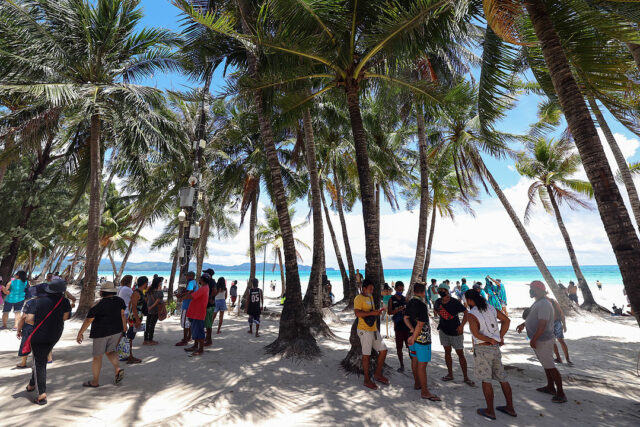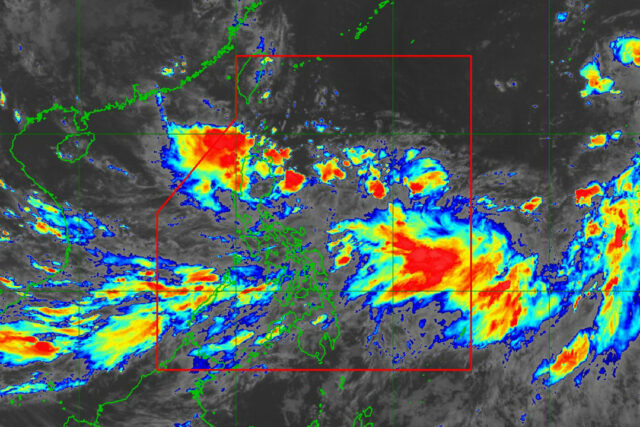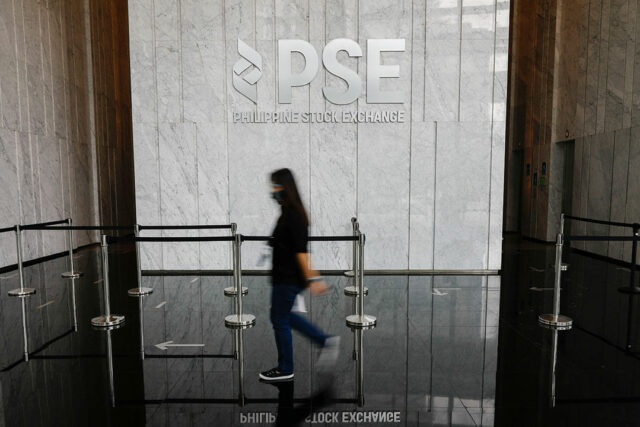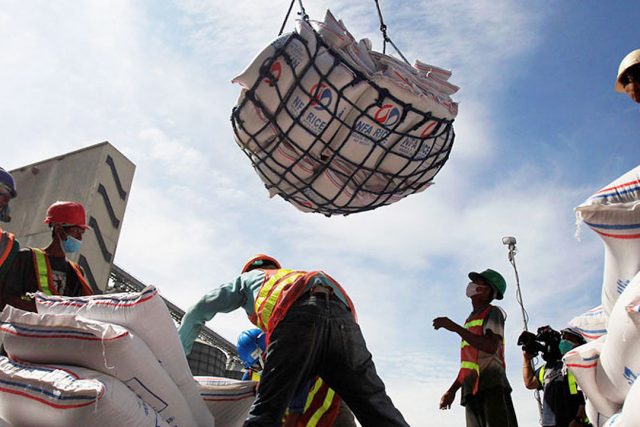Mpox cases up by 3, total at 18 — Health department
THE PHILIPPINES has posted three new monkeypox cases, bringing the total to 18, according to its health agency.
The three patients, all of whom were male, came from Calabarzon and Metro Manila, Health Secretary Teodoro J. Herbosa said at a news conference on Monday.
He said 13 of the 18 cases were active, while five others were already released from isolation.
“The good thing is, all the 18 cases that we have picked up as of now, have not infected anyone,” he said in Filipino.
“They don’t have an epidemiological link, which means that when we isolate them, the transmission of the disease stops.”
The Philippines is set to receive 2,500 doses of mpox vaccines in the coming months.
Pending the arrival of the vaccines, Mr. Herbosa said the disease could still be controlled in the country through “cleanliness.”
“Mpox is very easy to control. I don’t need a vaccine to control it. What we only need is good public health — the prevention, detection, and isolation of mpox cases can prevent the spread,” he said.
The Health department said in a message to reporters that the East Avenue Medical Center in Quezon City was now ready to do PCR testing for mpox.
It said other hospitals such as the Lung Center of the Philippines in Quezon City, San Lazaro Hospital in Manila City, Baguio General Hospital, Vicente Sotto Medical Center in Cebu City, Southern Philippine Medical Center in Davao City, Western Visayas Medical Center, and Bicol Medical Center were undergoing training for reactivation.
An outbreak in African countries prompted the World Health Organization (WHO) to declare a global health emergency in mid-August, and launch a $135-million response.
The Philippine Health department last month said it had already signified intent to the WHO to get access to smallpox vaccines.
The WHO said common mpox symptoms include skin rash or mucosal lesions which can last two to four weeks, accompanied by fever, headache, muscle aches, back pain, low energy, and swollen lymph nodes.
It can be transmitted through close contact with someone who has mpox, with contaminated materials, or with infected animals, it said. The virus may be passed to the fetus, or to the newborn during or after birth, during pregnancy.
DENGUE CASES UP
Also on Monday, Mr. Herbosa said dengue cases in the country had risen to 208,000, 68% higher compared to the same period last year.
The country logged a 25% increase in cases in the past three to four weeks. But the number of fatalities remained low, he said.
Regions that have experienced significant increase in cases include Central Luzon, Western Visayas, Central Visayas, and Metro Manila.
Still, Mr. Herbosa said the declaration of a nationwide dengue outbreak was not needed. The declaration should be based on the decision of local governments, he added.
“There are no national outbreaks because dengue is endemic. This means that all year round, there’s dengue in the Philippines. It’s not a new disease,” he said.
He said some LGUs were declaring an outbreak because their hospital occupancy rates might have reached critical levels. — Kyle Aristophere T. Atienza












